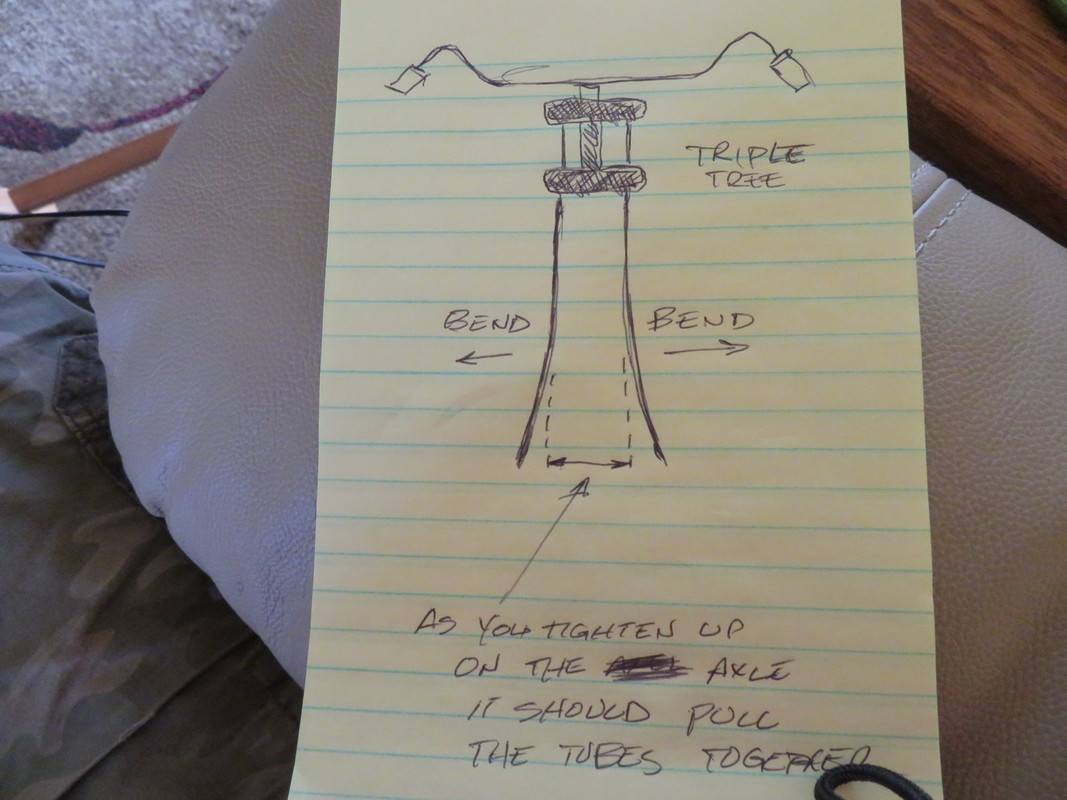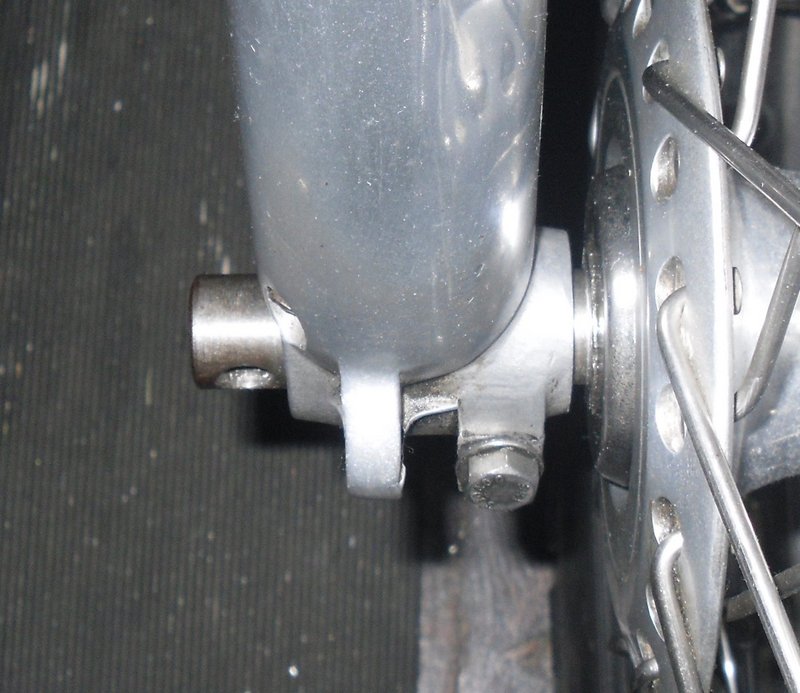- Joined
- Dec 28, 2021
- Messages
- 70
I stripped the front end fork assembly down for renovation of the yokes. After fitting everything thing back together I found that the steering was off centre when riding, prior to this work it used to steer quite straight. Off with the forks again today and i found that both stanchions have the same amount of bend on them perhaps .050” against a flat surface. Im assuming when i fitted them last time they were fitting in a random position hence the steering off centre. Assuming it is crash damage, but is there any chance that the stanchions could just be bent over a life of braking and they all start to bend over time. I dare say an order to AN is next move, or i fit the stantions back on in their original position before which the bike did steer straight?


